A brief glimpse of Zimbabwe
Zimbabwe
A glance at Zimbabwe through my eyes
Why it should be your next travel destination
An overland road trip provides an excellent overview of a country. It also offers the opportunity to see fascinating sights, its landscape, culture and its people. In 2010 we did just that and travelled through much of Zimbabwe almost on a circular route. It is one of Southern Africa’s most impressive but controversial countries and our trip gave us a fleeting glance of how beautiful and interesting it is.
Baobab trees
Although poverty stricken, landlocked Zimbabwe has a wealth of other elements in its favour from dramatic and beautiful landscapes to its friendly people, its diversity and its wildlife.
Dominant granite landscapes
I have written about specific areas of Zimbabwe such as magical Matobo Hills, Hwange National Park, and Mana Pools, all national parks. This time I am giving you a glimpse of the rest of this beautiful country through my photos.
Sign at Matobo Hills
Zimbabwe, One of 54 countries in Africa
Africa is a vast continent, the second largest after Asia. At first glance when you travel through Africa you may think it’s all the same. In some cases it is, until you take a closer look. Once you explore deeper you will find there are vast differences within each country’s culture and its individuals. The same can of course be said for its landscapes and its climate.
Heading to Nyanga - Eastern Highlands of Zimbabwe
Zimbabwe is a land of superlatives from Victoria Falls to Lake Kariba.
It has the mighty Zambezi River, the fourth longest river in Africa. It flows from its source in Zambia, enters Angola briefly then returns to Zambia. It touches the border of Namibia fleetingly at the Caprivi Strip, then gives Botswana a quick high-five before it plunges over the Victoria Falls for more than 108 metres. It expands for a while at Lake Kariba and then continues to flow between Zambia and Zimbabwe. When it reaches Mozambique it spreads out once again at Lake Cahora Bassa and eventually flows into the Indian Ocean.
Victoria Falls and the mighty Zambezi
Once known as Rhodesia, Southern Rhodesia and then Zimbabwe Rhodesia, it gained its independence in 1980.
Railway crossing with no warning lights
10 Interesting facts about Zimbabwe
1. Zimbabwe has 16 official languages, the most in the world.
2. Zimbabwe has 5 UNESCO World Heritage Sites: Khami Ruins, Great Zimbabwe National Monument, Matobo Hills, Victoria Falls and Mana Pools.
3. Zimbabwe is landlocked. Situated in southern Africa it borders on Zambia, Namibia, Botswana, South Africa and Mozambique.
Bless the rains down in Africa - Zimbabwe has very wet seasons
Missing out on Roaming Fox Adventures? Click button below to subscribe and be the first to know when a new blog post is published.
Zimbabwe can get very cold in the Eastern Highlands. Taken at Nyanga - frosty tyres
4. The capital of Zimbabwe is Harare. It is the country’s largest and most populous city.
A fruit & vegetable vendor in Harare with an old vehicle just about ready for the scrap heap
5. Zimbabwe boasts the world’s biggest waterfall. The smoke that thunders was named after Queen Victoria by Scottish explorer David Livingstone. The falls are also one of the Seven Wonders of the Natural World.
6. Lake Kariba, the largest man-made lake and reservoir in the world by volume flows between Zimbabwe and Zambia and provides electricity to both countries.
Lake Kariba
7. Zimbabwe was a multi-currency nation. Since massive inflation hit in 2008, Zimbabwe abandoned its own currency the Zimbabwean dollar. It mainly used USD but was known to use the South African Rand, the Botswana Pula and the Euro as well as a few other currencies. The Zimbabwean dollar was reinstated in 2018 by the Zimbabwean government as the local currency.
8. The Birchenough Bridge that crosses the Save or Sabi River in Zimbabwe was designed by a structural engineer, Sir Ralph Freeman, who designed the Sydney Harbour Bridge and several other impressive bridges around the world. The bridge links Mutare and Masvingo which was a huge advantage for the people living in the east and gave them access to the central districts of Zimbabwe.
Birchenough Bridge
9. Zimbabwe is the land of baobabs as they continuously dominate the landscape. Baobabs are known as the African super tree. They are icons of sub-Saharan Africa’s dry savannas and provide numerous resources for the people as well as animals.
Baobabs on the hillside and goats roaming in the streets
The leaves and fruit are nutritious and some parts of these giant trees are used for medicinal purposes. The bark is torn into strips and its fibre is used to make rope, weave baskets and mats. Unfortunately tearing the bark off destroys the aesthetic appearance of the tree.
Baobabs in the background
Weaved mats from the inner fibre of the bark of baobab trees
10. Cattle are a custodial heritage of Zimbabwe. They are considered the most cherished form of prosperity.
Our observations in Zimbabwe
When we drove through in 2010 all cars were charged a universal fee of US $1 at the toll gates.
A tollgate in Zimbabwe
The busses reminded us of those we saw in Mozambique. Heavily laden, luggage was piled high on the roof.
Even some cars had their goods piled on the rooves at precarious angles.
Spectacular scenery surprised us around many bends and at the end of several vistas.
Kyle Dam also known as LakeMutirikwi near Masvingo
The African Flame tree or African Tulip Tree (Spathodea campanulata) is synonymous with Zimbabwe and was regularly planted next to the sides of streets. This is not to be confused with the Flamboyant tree – Delonix regia – also known as the Royal Poinciana and also a favourite widely planted in the country. Both are striking trees.
African Flame Tree
Donkey carts are widely used as a relatively cheap manner of transport in poverty-stricken Zimbabwe.
I hope these facts and photos have inspired you to visit Zimbabwe. For further information click here for quick links to the destinations we travelled to in Zimbabwe.
Neat mounds presumably holes dug for agriculture
Manual clay brickworks
Vendors trying to convince me to buy some of their goods
Find me on Social Media:
Looking for accommodation in Zimbabwe?
On Pinterest? Pin to read later!
Step by step instructions on how to leave a comment on my blog:
Type in your comment in the comment box.
Click ‘Post Comment’
Briefly a message should appear saying you are not logged in, then a box with ‘Post a Comment’ will appear for you to complete with your name, email address and website URL (if you have one).
Fill in your first name and email address in the appropriate section. (Your email will not be made public and will not be used for any other purpose than for you to get a notification of a reply to your comment.)
Click ‘Comment as Guest’ and you’re good to go!
To subscribe to my blogs, please fill out the SUBSCRIBE form.
Thank you.
I know it is quite a process, but it helps keep our websites secure. Your email address will not be shared or displayed.



























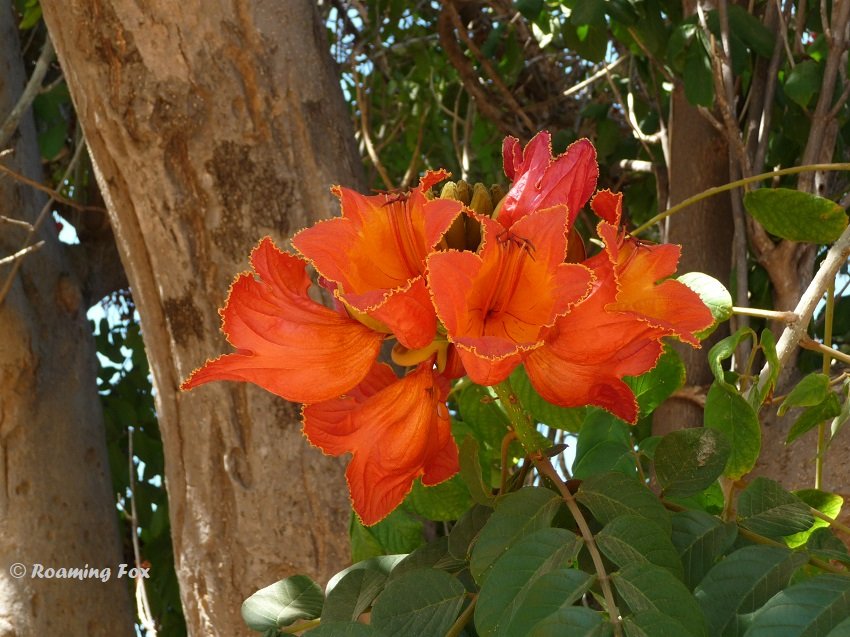



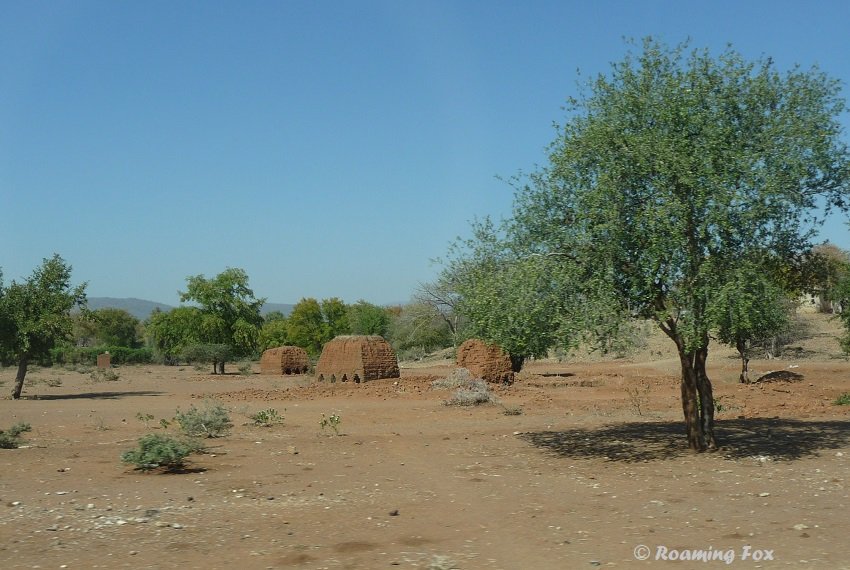





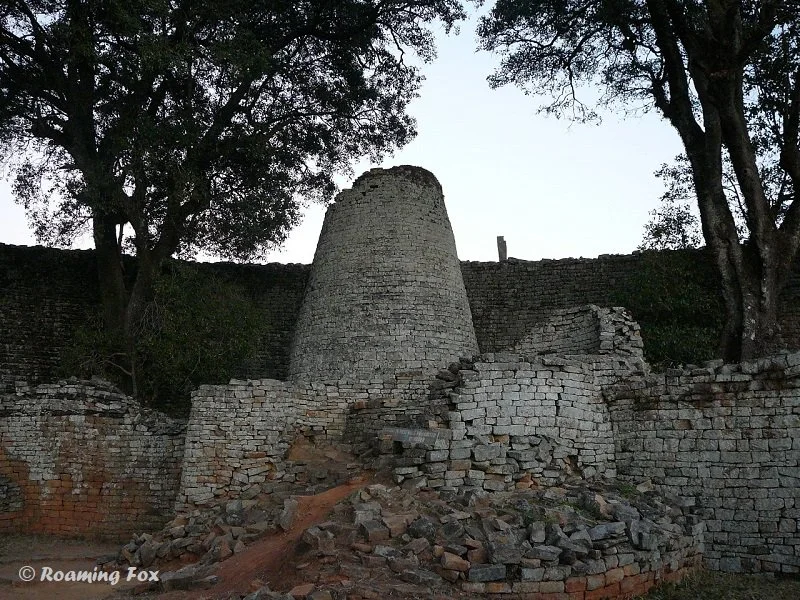
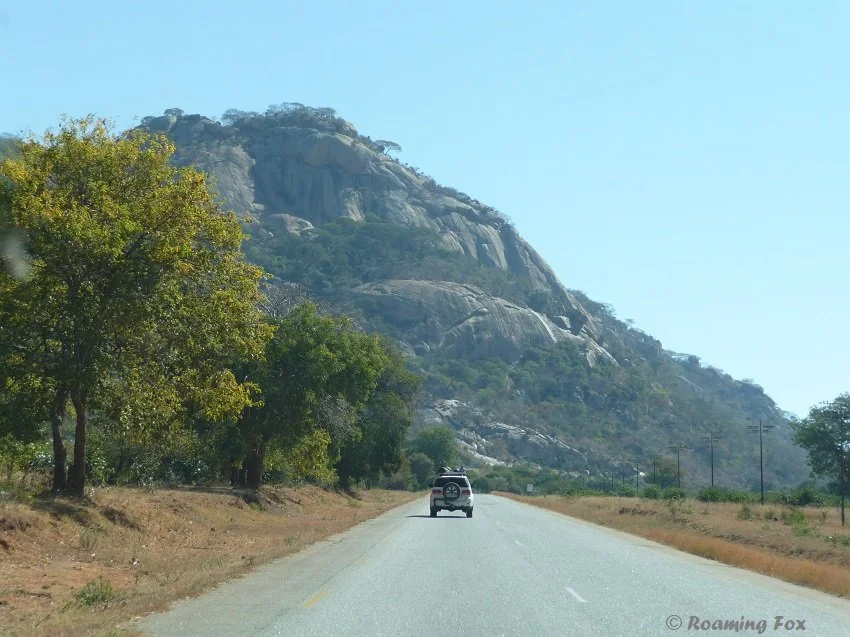
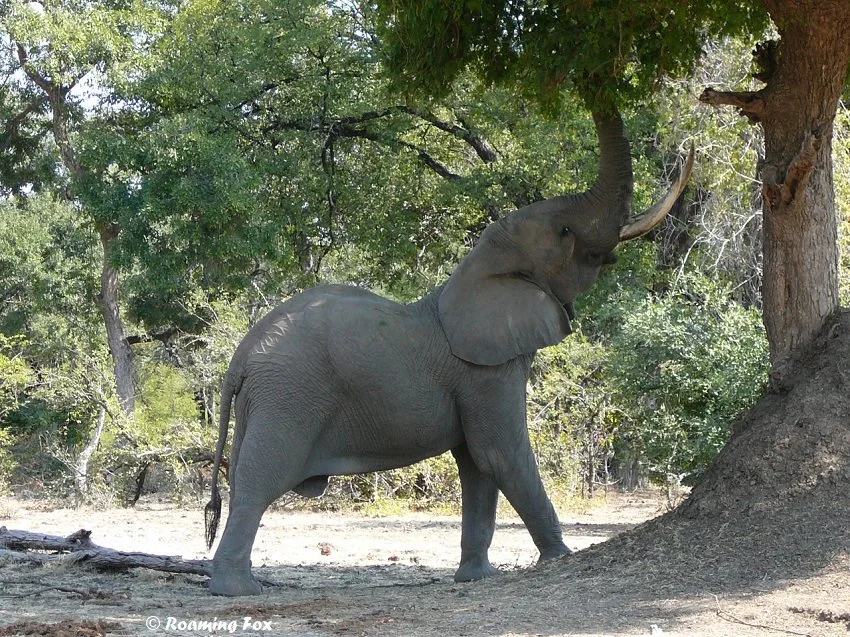
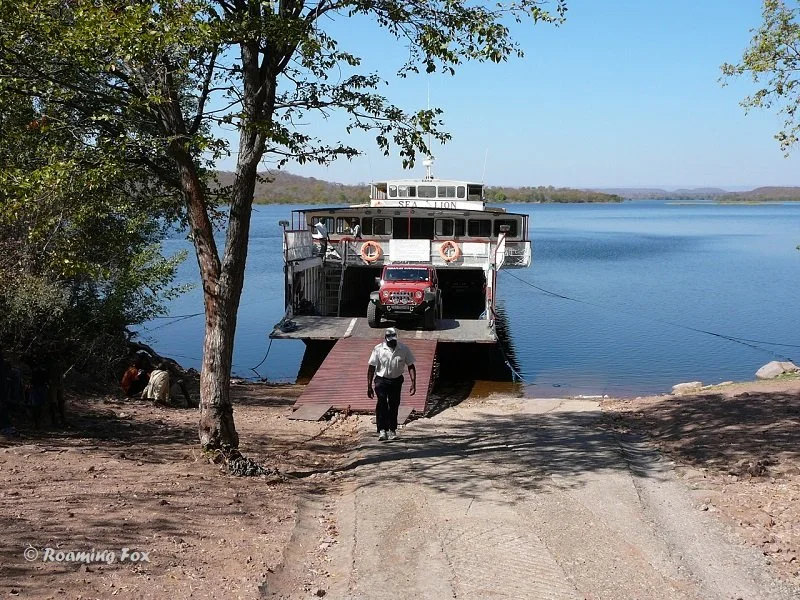


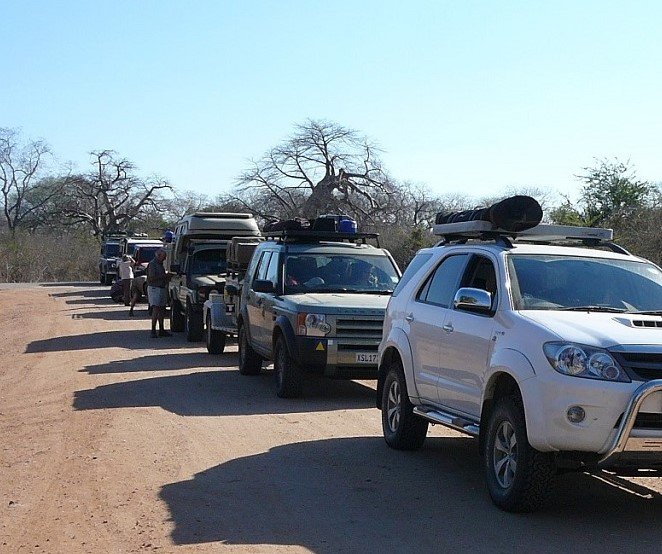











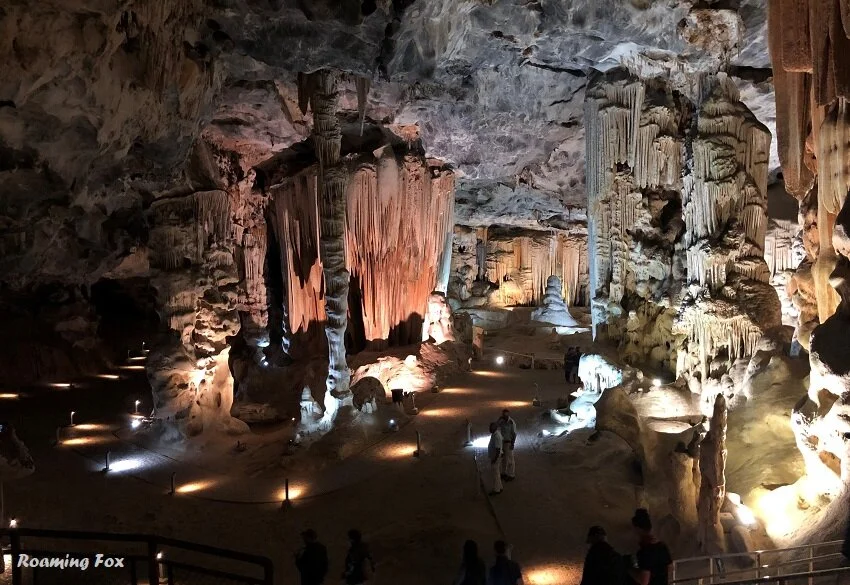
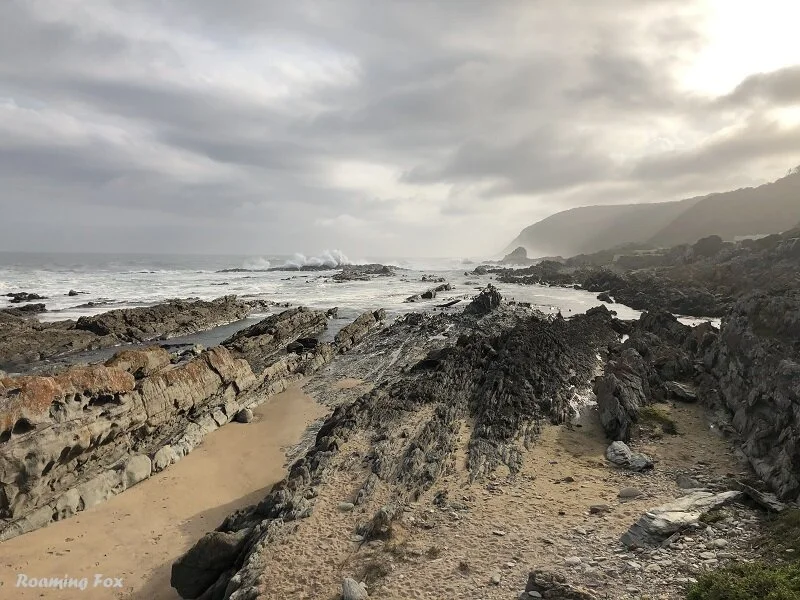
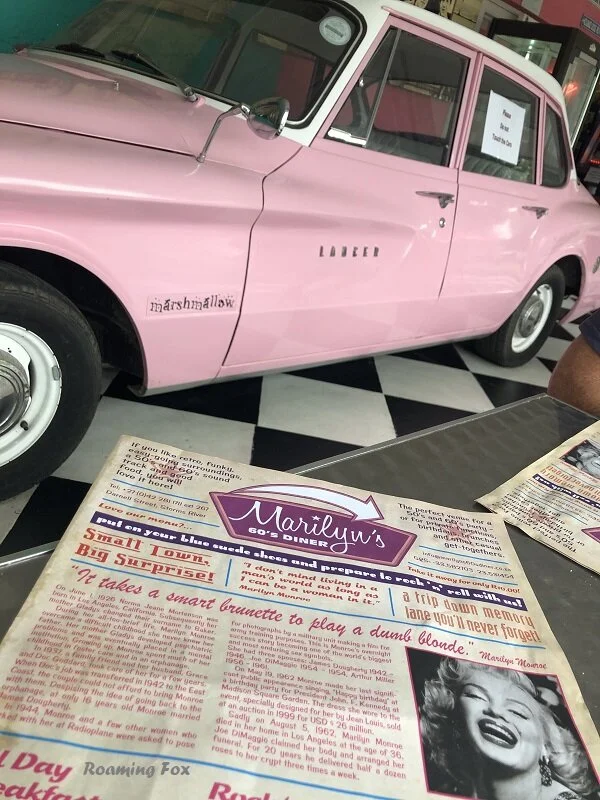
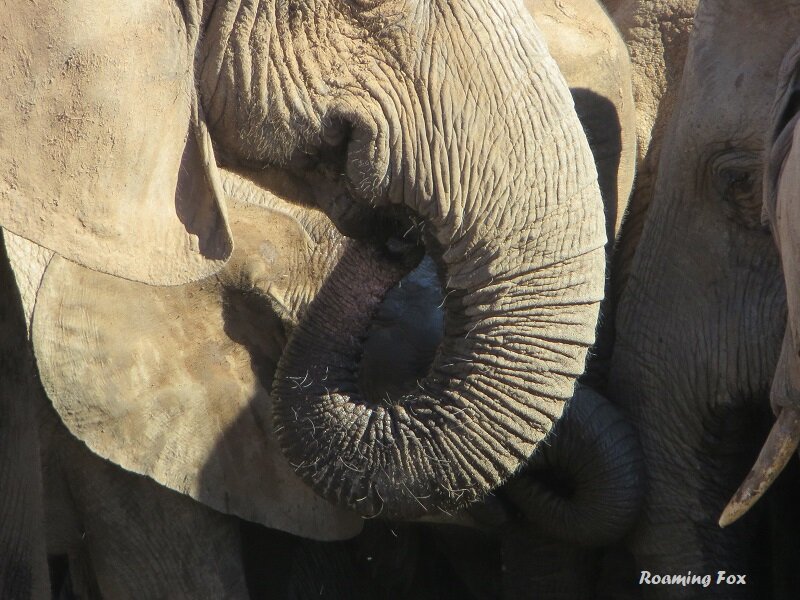
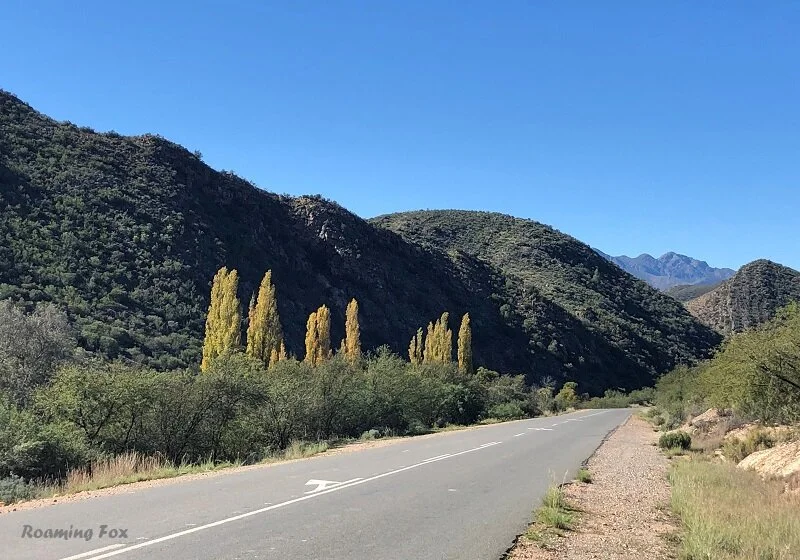


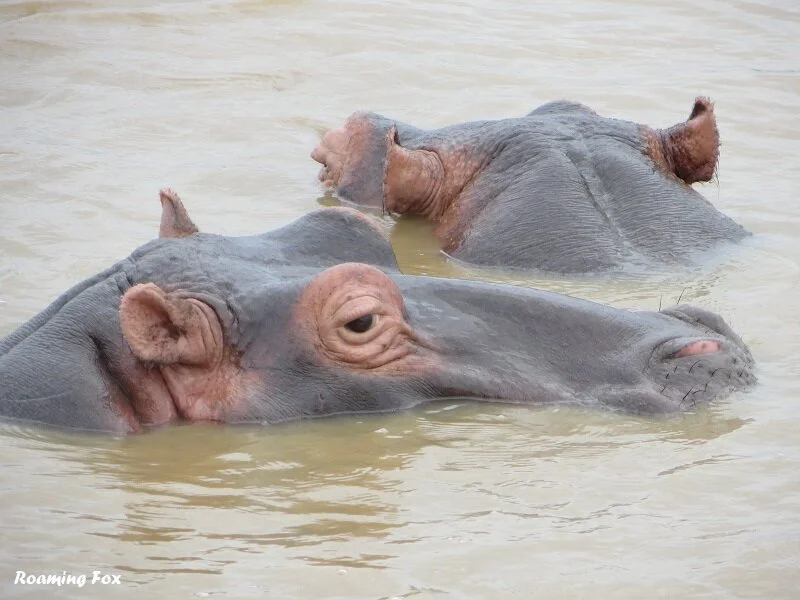
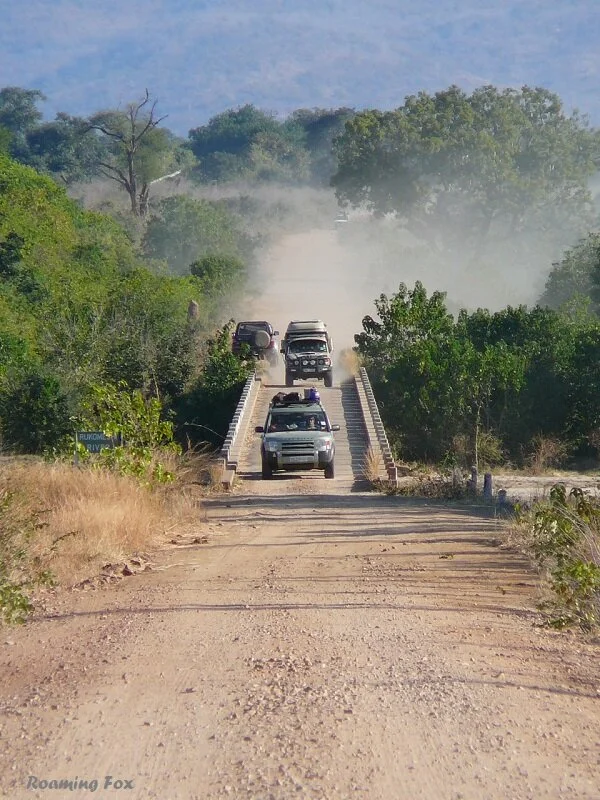

The Best Way to see a country? Take a road trip! Have you ever had that feeling when you hit the open road on your road trip? Freedom. Anticipation. Exhilaration.